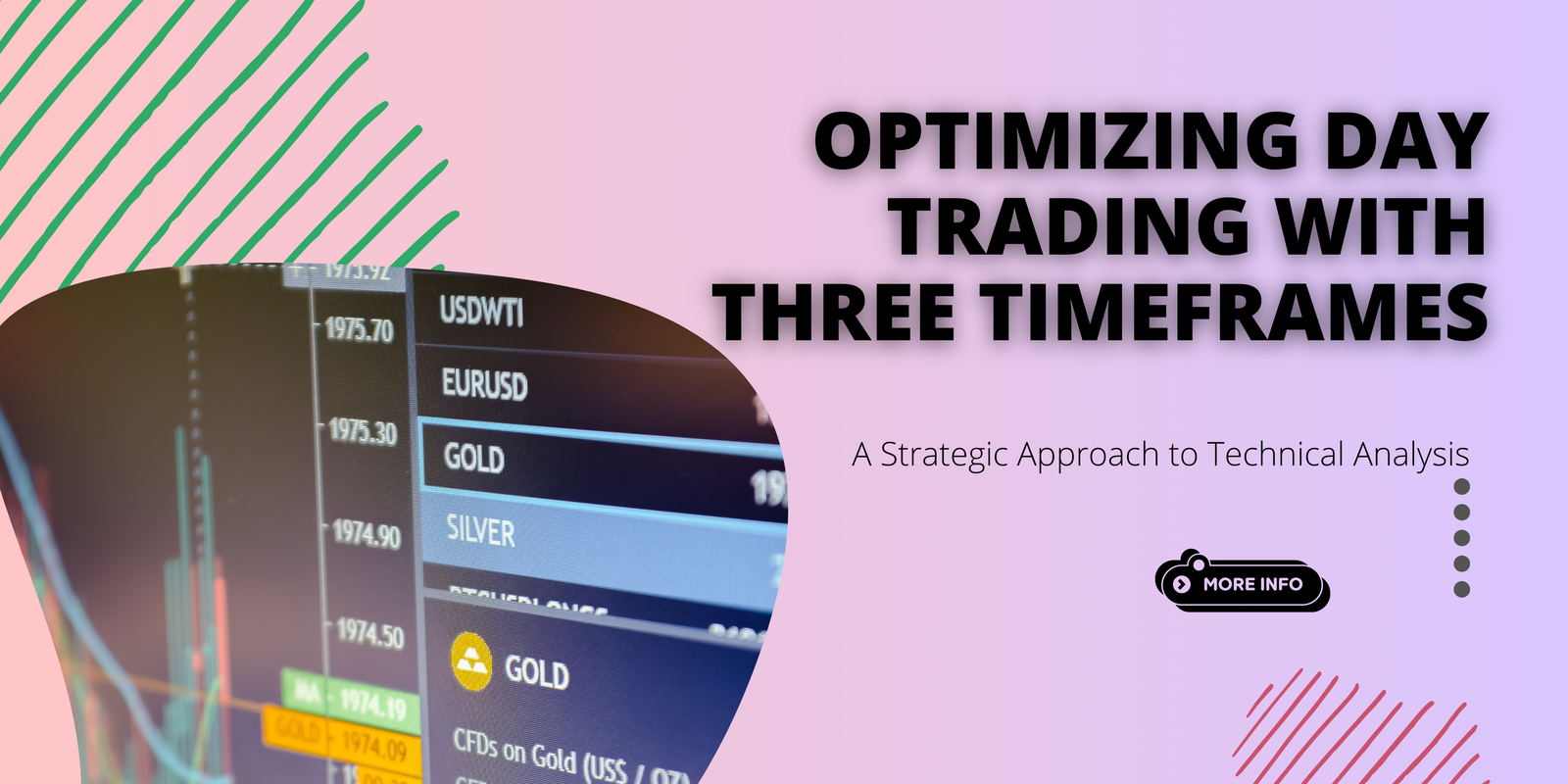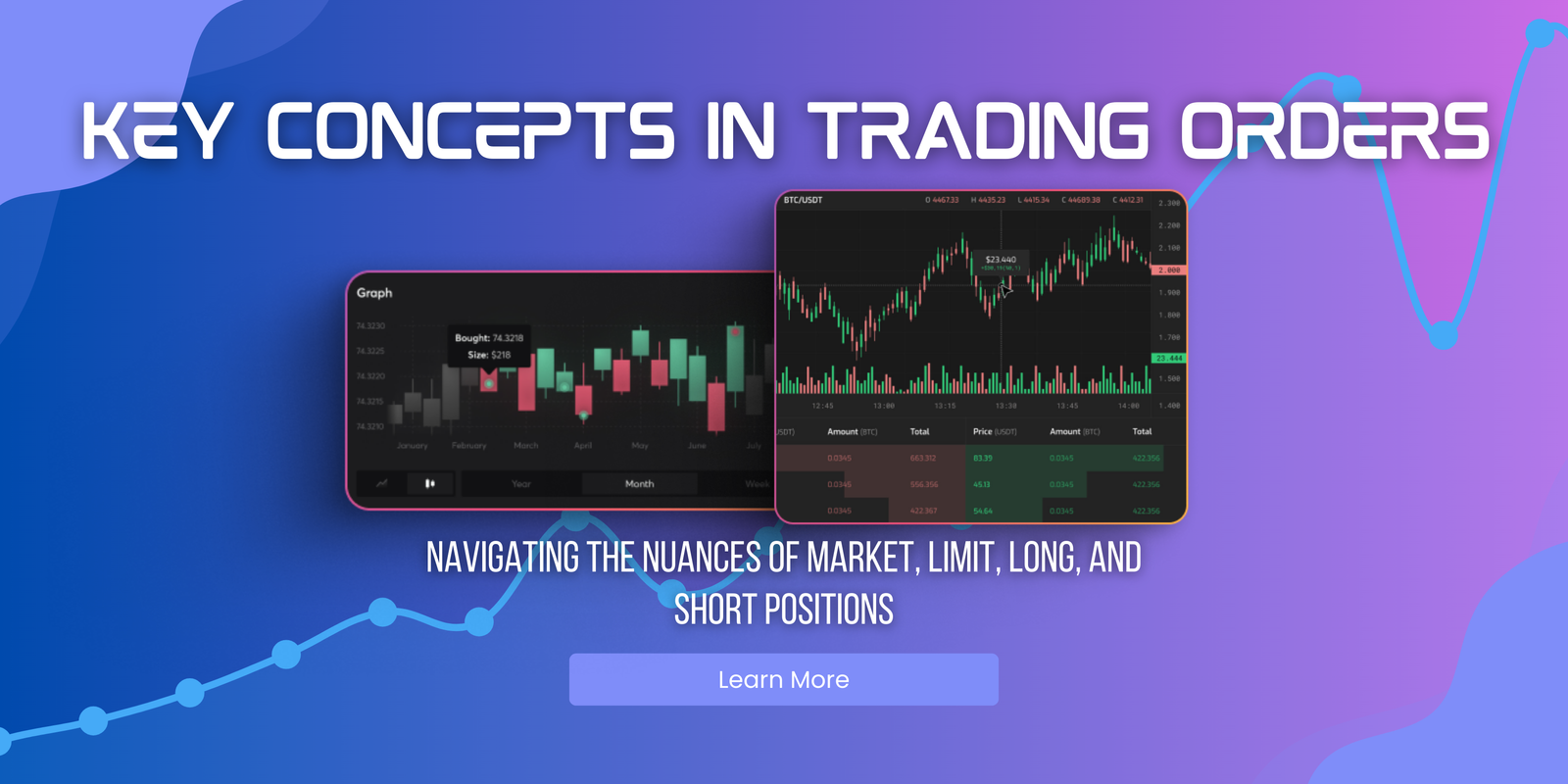Futures trading offers a dynamic arena for traders looking to diversify their portfolios and hedge against market volatility. Whether dealing in commodities, stock indices, or any other financial instruments, understanding the fundamentals of futures trading is crucial for capitalizing on this market’s opportunities while managing potential risks. This article provides a comprehensive overview of futures …
Understanding Futures Trading

Futures trading offers a dynamic arena for traders looking to diversify their portfolios and hedge against market volatility. Whether dealing in commodities, stock indices, or any other financial instruments, understanding the fundamentals of futures trading is crucial for capitalizing on this market’s opportunities while managing potential risks. This article provides a comprehensive overview of futures trading, including its mechanics, benefits, and strategic approaches to market success.
What is Futures Trading?
Futures trading involves the buying and selling of contracts that obligate the holder to buy or sell an asset at a predetermined future date and price. These contracts can cover a wide range of assets including commodities like oil and gold, financial instruments like bonds and currencies, or indices representing groups of stocks.
Key Features of Futures Trading
Leverage: Futures contracts are traded on margin, allowing traders to control large amounts of the underlying asset with a relatively small amount of capital. While leverage can amplify gains, it also increases potential losses.
Hedging: Producers, manufacturers, and portfolio managers often use futures contracts as a hedge against price fluctuations in their normal business operations or investment portfolios.
Speculation: Traders can speculate on the direction of an asset’s price movement, offering the potential for profit if they can accurately predict future market movements.
Developing Effective Futures Trading Strategies
Market Analysis: Successful futures trading begins with rigorous market analysis, which includes both fundamental and technical analysis to predict price movements and market trends.
Risk Management: Implementing robust risk management techniques is crucial. This can include setting stop-loss orders, determining optimal position sizes, and diversifying investments across different futures contracts.
Understanding the Contract: Each futures contract has its own specifications, including the size of the contract, expiration date, and minimum price increment. Traders must thoroughly understand these elements to trade effectively.
Continuous Learning and Adaptation: The futures market is continuously evolving. Successful traders commit to ongoing education and adapt their strategies to changing market conditions.
Benefits of Futures Trading
Liquidity: Futures markets are typically very liquid, making it easy to enter and exit positions.
Transparency: Futures are traded on regulated exchanges, ensuring transparency in pricing and execution.
Diverse Opportunities: Traders can choose from a vast array of futures contracts, allowing for numerous trading opportunities in various sectors.
Navigating Risks in Futures Trading
While futures trading can be lucrative, it comes with significant risks:
Market Volatility: Futures markets can experience sharp price movements, potentially leading to large losses.
Margin Calls: If the market moves against a leveraged position, traders may face margin calls, requiring additional funds to maintain their positions.
Complexity: The mechanics of futures trading can be complex, particularly for new traders.
Conclusion
Futures trading offers a compelling avenue for experienced traders to enhance their trading portfolios and potentially achieve significant returns. However, it requires a deep understanding of market mechanisms, a solid strategy in place, and an unwavering discipline in risk management. By approaching futures trading with a well-informed strategy and a clear understanding of both its opportunities and risks, traders can navigate this challenging market to their advantage.








